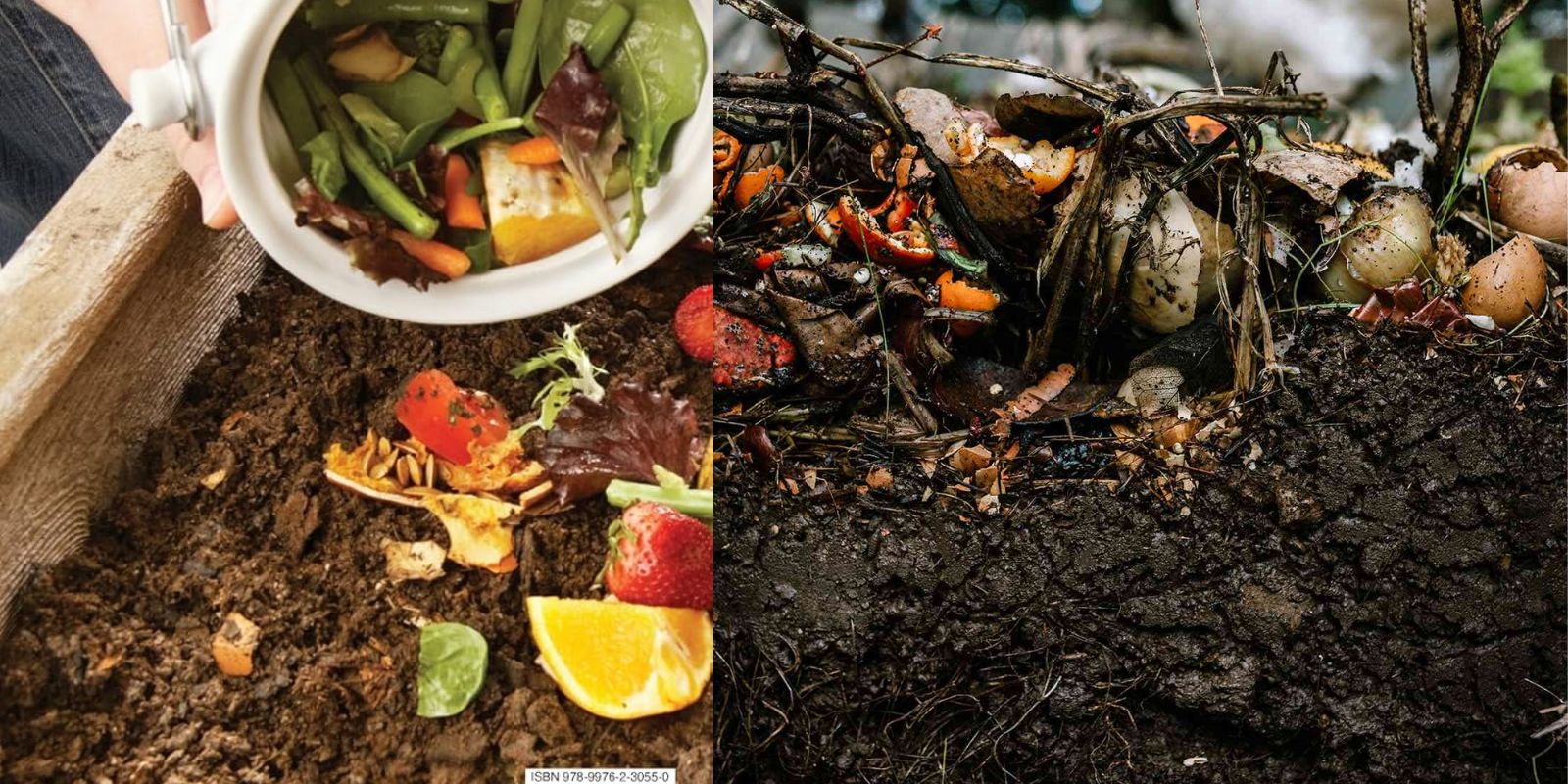Composting is a time-tested method of recycling organic materials into nutrient-rich humus that improves soil health and boosts plant growth. It’s a win-win for gardeners and the planet—diverting waste from landfills while creating a sustainable resource for your garden. Whether you’re a seasoned gardener or a beginner, this comprehensive guide will help you master the art of composting.
Why Composting Matters
Composting is more than just a gardening technique; it’s an environmentally conscious way to manage waste. Here are some compelling reasons to start composting:
- Reduces Waste: Approximately 30% of household waste can be composted, reducing landfill contributions.
- Enriches Soil: Compost improves soil structure, fertility, and moisture retention.
- Lowers Carbon Footprint: Composting reduces greenhouse gas emissions by minimizing methane production in landfills.
- Promotes Sustainable Gardening: Organic compost eliminates the need for chemical fertilizers.
What Can You Compost?
Composting requires a balance of two main types of materials:
Greens (Nitrogen-Rich)
- Vegetable and fruit scraps
- Coffee grounds
- Grass clippings
- Tea leaves
Browns (Carbon-Rich)
- Dry leaves
- Shredded paper
- Cardboard
- Straw and hay
Avoid Composting: Meat, dairy, oily foods, and pet waste as these can attract pests and create odors.
Step-by-Step Composting Process
1. Choose a Composting Method
Select a system that suits your needs and space:
- Compost Bin: Ideal for small spaces; keeps the pile neat.
- Compost Pile: Great for larger yards; simple and low-cost.
- Tumbler: Speeds up decomposition with easy turning.
2. Select a Location
Pick a well-drained spot with good air circulation. Partial shade helps maintain consistent moisture and temperature.
3. Gather Materials
Collect greens and browns in equal proportions. Chop larger items into smaller pieces for faster decomposition.
4. Build the Pile
Layer greens and browns to maintain balance:
- Start with a layer of coarse browns (e.g., twigs) for aeration.
- Add greens and alternate with browns.
- Finish with a brown layer to prevent odors.
5. Maintain Moisture
Your pile should feel like a damp sponge. Add water if it’s too dry or more browns if it’s too wet.
6. Turn the Pile
Aerate the compost by turning it with a pitchfork or shovel weekly. This ensures even decomposition and prevents odors.
7. Monitor Progress
Check the pile regularly for heat, moisture, and smell. A healthy compost pile is warm in the center and has an earthy odor.
8. Harvest the Compost
In 2-6 months, your compost will turn dark and crumbly. Use it to enrich your garden beds, potting soil, or as a mulch.
Common Composting Challenges and Solutions
- Foul Odors: Caused by excess greens or lack of aeration. Add more browns and turn the pile.
- Slow Decomposition: Results from poor moisture balance or large pieces. Adjust water levels and chop materials.
- Pests: Attracted by food scraps. Avoid adding meat and dairy, and cover fresh additions with browns.
- Pile Not Heating Up: Indicated by a lack of microbial activity. Add more greens or moisture and turn the pile.
Benefits of Using Compost
1. Improves Soil Health
Compost enhances soil structure, making it more aerated and easier to work with.
2. Boosts Plant Growth
Rich in nutrients, compost acts as a natural fertilizer, promoting robust plant development.
3. Saves Money
Using homemade compost reduces the need for store-bought fertilizers and soil amendments.
4. Supports Microbial Life
Compost fosters beneficial bacteria and fungi that improve soil health and plant resilience.
Creative Ways to Use Compost
- Soil Amendment: Mix compost into garden beds before planting.
- Mulch: Spread a layer around plants to retain moisture and suppress weeds.
- Potting Mix: Combine with soil and sand for a nutrient-rich mix.
- Top Dressing: Apply to lawns to boost grass growth and health.
Composting Variations
Vermicomposting (Using Worms)
Perfect for small spaces, vermicomposting uses worms to break down food scraps into nutrient-rich castings.
Bokashi Composting
This method ferments food waste using beneficial microbes, making it suitable for indoor composting.
Tips for Successful Composting
- Maintain a 50:50 balance of greens and browns.
- Avoid compacting the pile to ensure proper airflow.
- Keep the pile covered to retain heat and moisture.
- Use a compost thermometer to monitor temperatures (120-160°F is ideal).
Conclusion
Composting is a simple yet impactful way to reduce waste, enrich your garden, and contribute to a healthier planet. By following these steps, you can transform everyday kitchen and yard waste into “garden gold.”
💬 What’s your favorite composting tip or trick? Share your insights and experiences below!
#CompostingMadeEasy #SustainableLiving #GardeningHacks #EcoFriendlyGardening #ZeroWaste #HealthySoil #GreenThumb

